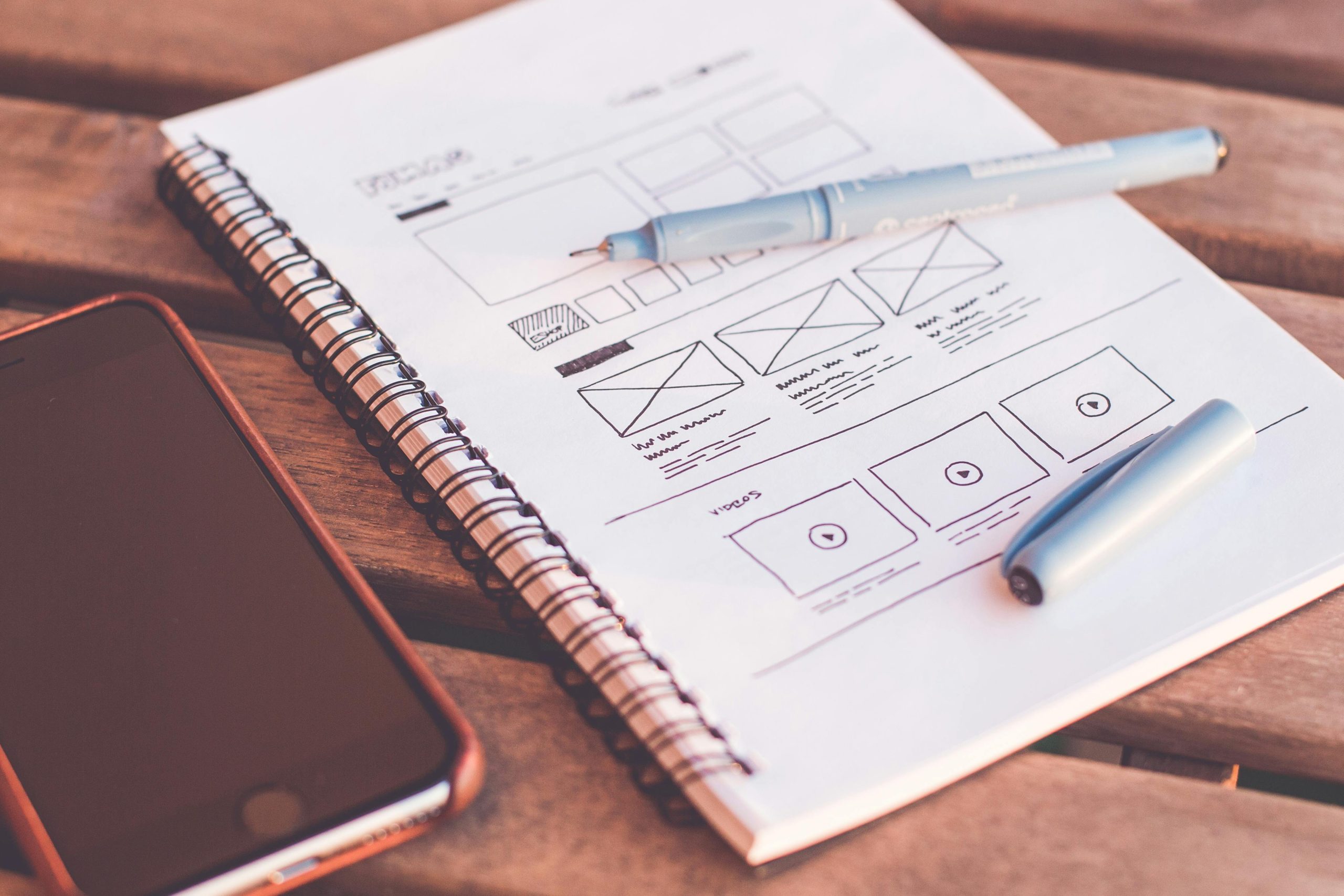Crafting Clear and Engaging Website Designs That Connect
 In the digital age, a website is more than just a virtual address — it’s the first handshake, the initial glance, and often the lasting impression a brand leaves on its audience. Crafting clear and engaging website designs that connect is both an art and a science, blending visual appeal with intuitive functionality to create experiences that resonate. This delicate balance transforms browsers into believers, inviting users not just to visit, but to stay, explore, and engage. In this article, we’ll explore the key elements and thoughtful strategies behind designing websites that speak clearly and connect meaningfully with their visitors.
In the digital age, a website is more than just a virtual address — it’s the first handshake, the initial glance, and often the lasting impression a brand leaves on its audience. Crafting clear and engaging website designs that connect is both an art and a science, blending visual appeal with intuitive functionality to create experiences that resonate. This delicate balance transforms browsers into believers, inviting users not just to visit, but to stay, explore, and engage. In this article, we’ll explore the key elements and thoughtful strategies behind designing websites that speak clearly and connect meaningfully with their visitors.
Understanding User Psychology to Enhance Website Engagement
To truly captivate visitors, it’s essential to dive deep into the motivations and behaviors that drive user interactions. People are naturally drawn to websites that anticipate their needs and reduce cognitive load. Elements such as intuitive navigation, consistent visual hierarchy, and meaningful feedback transform a browsing experience from frustrating to seamless. By breaking down complex information into digestible chunks and applying familiar patterns, users feel cozy and in control, encouraging longer visits and repeated engagement.
| Psychological Effect | Application |
|---|---|
| Social Proof | Display testimonials and user reviews |
| Scarcity | Advertise limited-time deals |
| Reciprocity | Offer free resources or trials |
| Consistency | Guide users with familiar layouts |
Balancing Aesthetics and Functionality for Clear Communication
To create designs that resonate on both aesthetic and functional levels, consider incorporating:
- Consistent visual hierarchy that prioritizes significant information
- Accessible design choices, including readable fonts and adequate contrast
- Clear call-to-action buttons that invite users to engage
- Responsive layouts adapting smoothly across devices
Below is a quick comparison illustrating how different design priorities influence user engagement across devices, showcasing the need for balanced strategies:
| Design Focus | Pros | Cons | Ideal For |
|---|---|---|---|
| Pure Aesthetics | Visually stunning, memorable | Slow load times, confusing UX | Portfolios, art galleries |
| Functionality First | Fast, user-pleasant | Plain visuals, less engaging | Corporate sites, services |
| Balanced Approach | Engaging & usable | Requires detailed planning | Most buisness & marketing |
Incorporating Visual Hierarchy to Guide Visitor Attention
To effectively establish a visual hierarchy, consider these key design techniques:
- Contrast: Employ contrasting colors for text and backgrounds to highlight important information.
- Alignment: Use consistent alignment to cultivate a clean,organized look that facilitates scanning.
- Whitespace: Integrate generous spacing to seperate content and reduce cognitive overload.
- Typography: Vary font sizes and weights to prioritize messages.
| Design Element | Purpose | Example |
|---|---|---|
| Size | Emphasize headlines or CTAs | Large, bold heading |
| Color | Draw attention to interactive elements | Bright button color |
| Spacing | Separate sections for clarity | Ample padding around blocks |
Optimizing Content Layout for Seamless User Experience
To enhance clarity and engagement,consider the following layout principles:
- Modular Design: Break information into digestible blocks that can be rearranged as needed.
- Responsive Grids: adapt content seamlessly across devices, preserving readability and functionality.
- Visual Anchors: Use contrasting elements or color accents to emphasize key points and calls-to-action.
| Layout Feature | Benefit | Impact on UX |
|---|---|---|
| Whitespace | Reduces clutter | Improves readability |
| Visual Hierarchy | Guides user focus | Enhances navigation |
| Responsive Grids | Optimizes layout on devices | Boosts accessibility |
Final Thoght…
In the ever-evolving landscape of the digital world, crafting clear and engaging website designs is more than just an aesthetic choice — it’s a bridge that connects brands to their audiences. By focusing on clarity and thoughtful engagement, designers can transform simple browsing into meaningful experiences. As you embark on your own design journey, remember that every pixel and every interaction holds the power to tell a story, spark curiosity, and build lasting connections. The art of design is, after all, the art of connection.



![[Aggregator] Downloaded image for imported item #1406](https://ecomedgedigest.com/wp-content/uploads/2025/10/IMG_1011-1024x683-1-180x180.jpeg)

![[Aggregator] Downloaded image for imported item #1351](https://ecomedgedigest.com/wp-content/uploads/2025/09/IMG_0886-1024x660-1-180x180.jpeg)
![[Aggregator] Downloaded image for imported item #1370](https://ecomedgedigest.com/wp-content/uploads/2025/10/IMG_0944-1024x683-1-180x180.jpeg)



Leave a Reply
Want to join the discussion?Feel free to contribute!